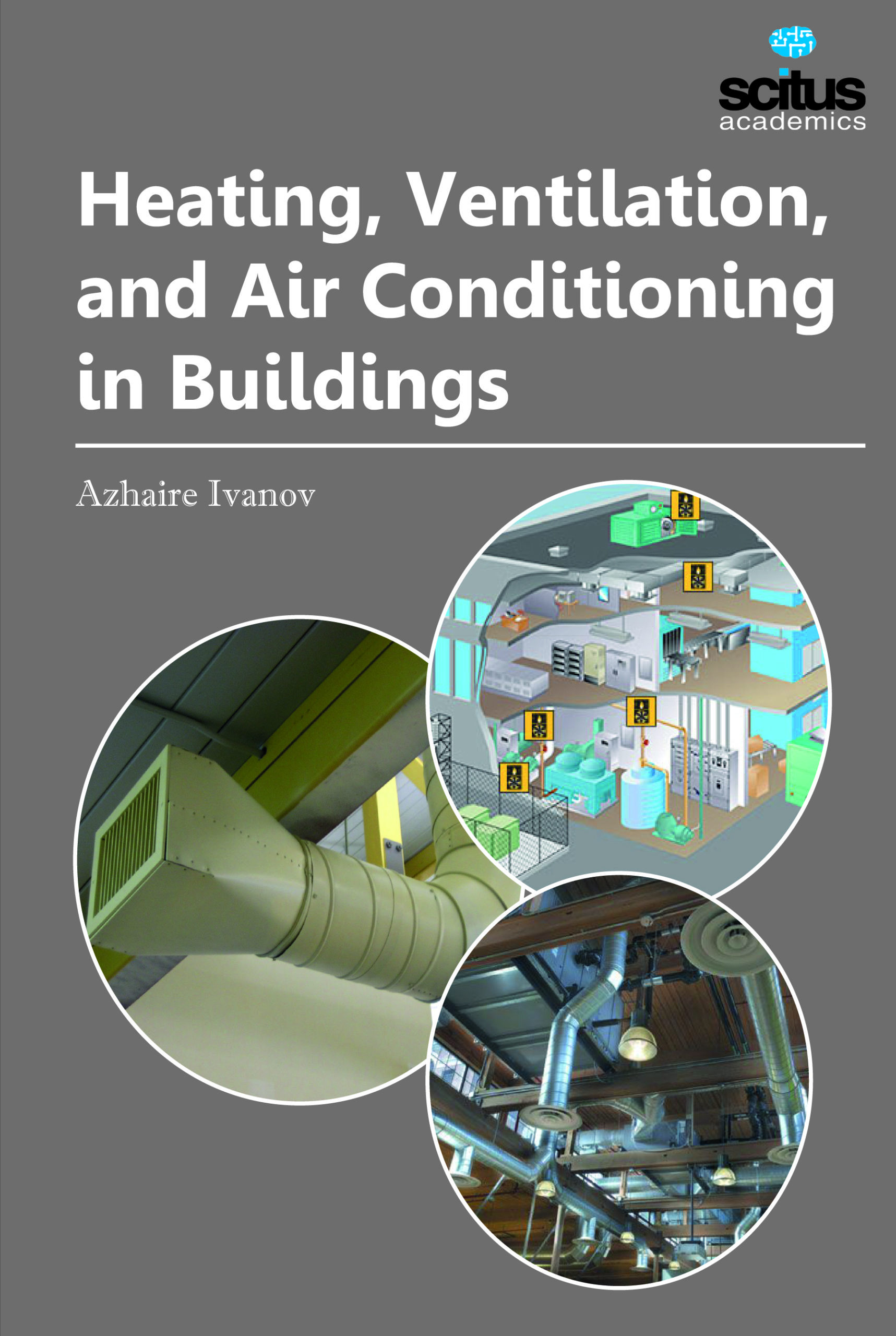Heating, ventilating and air conditioning is the technology of indoor and vehicular environmental comfort. Its objective is to provide thermal comfort and acceptable indoor air quality. Heating, ventilation and air conditioning (HVAC) system design is a subdiscipline of mechanical engineering, based on the principles of thermodynamics, fluid mechanics, and heat transfer.
HVAC is important in the design of medium to large industrial and office buildings such as skyscrapers and in marine environments such as aquariums, where safe and healthy building conditions are regulated with respect to temperature and humidity, using fresh air from outdoors.
Heating, ventilation and air conditioning (HVAC) systems control the temperature, humidity and air quality in buildings, according to a set of chosen conditions. They do this by transferring heat and moisture in and out of the air and by controlling the level of air pollutants by directly removing them or by diluting them to acceptable levels.
Principles of HVAC in Buildings provide foundational knowledge for the behavior and analysis of HVAC systems and related devices. The emphasis is on the application of engineering principles, and features a tight integration of physical descriptions with a software program that allows performance to be directly calculated, with results that provide insight into actual behavior. Coverage of material applicable to the field is broad: a Fundamentals section on thermodynamics, fluid flow, heat transfer, and psychrometrics; types of HVAC systems and components; comfort and air quality criteria; a Loads section on weather data processing; design heating and cooling loads; an Equipment section on air and water distribution systems, heating and cooling coils, cooling towers, refrigeration equipment, and a Design and Control section on seasonal energy use, control techniques, supervisory control, the HVAC design process, and the rules of thumb often used in design. This book is a reference tool for students and practicing engineers to design HVAC systems for buildings.













